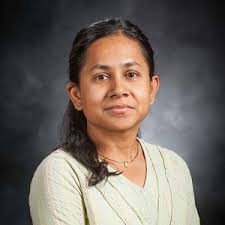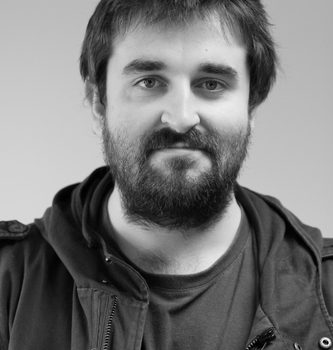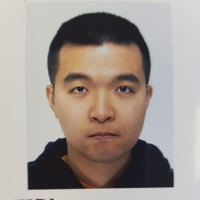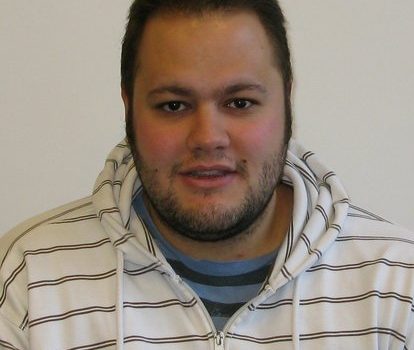
Chaque année le GdR RSD met en lumière des chercheurs. Cette année, le jury a sélectionné Razvan Stanica de l’équipe Agora du laboratoire CITI co-lauréats du prix du meilleur chercheur 2021 du GDR RSD dans la catégorie junior, aux côtés d’Alain Tchana (ENS / LIP).
En particulier, le jury a estimé que :
“Les deux candidats ont fait un travail exceptionnel, avec de nombreuses publications dans des conférences ou journaux de premier plan, une influence dans leur domaine comme en témoigne le nombre de citations de leurs travaux, une expérience établie de direction de recherche et d’animation scientifique et de fructueuses collaborations avec le monde universitaire et l’industrie.
Razvan Stanica a d’abord contribué au domaine des réseaux véhiculaires avant d’élargir ses thématiques de recherche aux stratégies de collecte de données des réseaux mobiles, à leur analyse pour caractériser les usages aussi bien que les performances et enfin aux architectures et protocoles réseaux en proposant une approche innovante de convergence du réseau d’accès et du réseau coeur. L’impact de son travail est reflété par un grand nombre de citations et par son leadership dans six projets de recherche, avec des partenaires académiques et industriels, dont un JCJC de l’ANR, qui débutera en 2021.”
Félicitations à Razvan pour l’obtention de ce prix et félicitations à l’équipe Agora pour l’environnement stimulant et aux moyens nécessaires à cet accomplissement !









